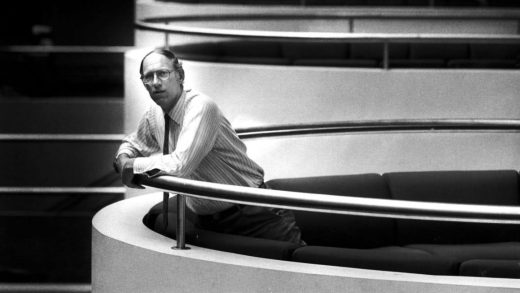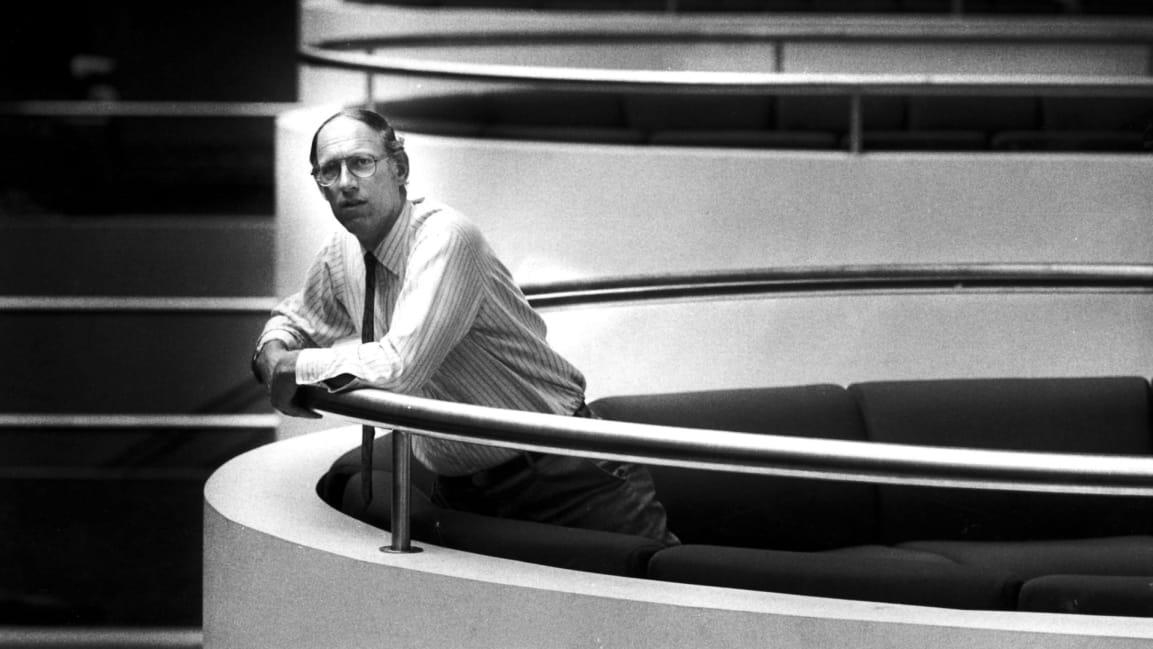Remembering Art Gensler, founder of the world’s largest architecture firm
Art Gensler, founder of Gensler, the world’s biggest architecture firm, has died at 85.
An innovative designer and businessman, Gensler grew the small San Francisco-based design firm that he started in 1965 into a global powerhouse. Gensler’s firm today has 50 offices, thousands of employees, and work underway in more than 100 countries, with notable projects including the Shanghai Tower, the world’s second-tallest building; the Moscone Convention Center in San Francisco; and Incheon International Airport in South Korea. It’s a scale of work that has made the firm one of the most successful in the industry. In 2020, Gensler reported $1.55 billion in revenue.
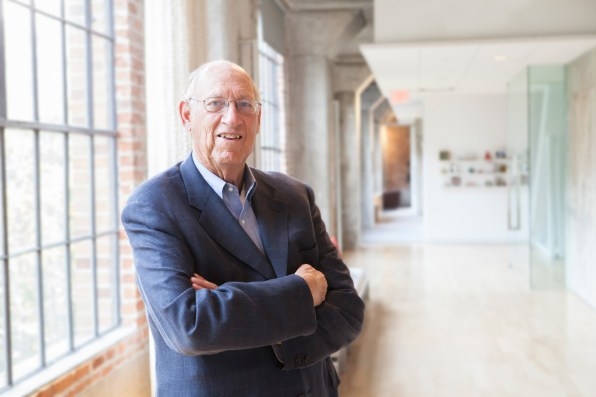
[Photo: Emily Hagopian/courtesy Gensler]
Gensler’s passing follows shortly after the news of the death of another prominent architect, Helmut Jahn, designer of the Thompson Center in Chicago, which was famed for its massive atrium. Jahn, 81, was killed after being struck by two vehicles while he was riding a bicycle.
From the beginning, Gensler took a different approach to the business of architecture compared to his contemporaries, focusing on interior design at a time when it was little more than an afterthought and often dismissed as decorating.
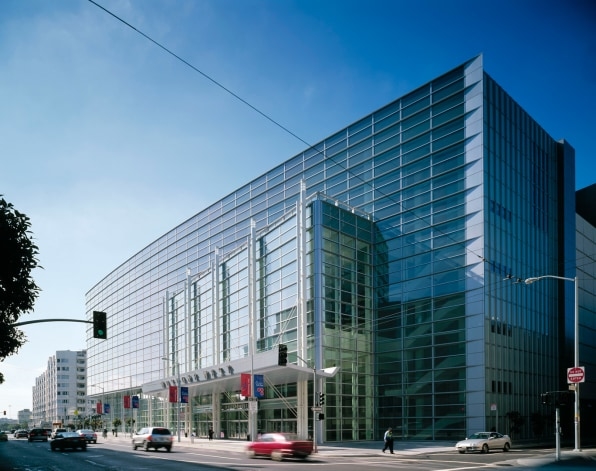
[Photo: courtesy Gensler]
“Most architects were looking at buildings from the outside, from the form of the building. Art was looking at it from the user experience, from people’s experience,” says Andy Cohen, co-CEO of Gensler, who worked closely with the company’s founder in his four decades with the firm. “To this day, we are always focused on what he called inside-out design.”

That has led to decades’ worth of work doing the spatial planning and interior design of everything from offices to healthcare facilities to sports stadiums. As a firm, Gensler has ventured into all facets of design, including research, urban planning, architecture, product development, and brand design. Some of its more unconventional projects include a dog museum for the American Kennel Club in New York, a proposed pavilion for the fire-damaged Notre Dame Cathedral in Paris, and the locker room for the Los Angeles Clippers basketball team.
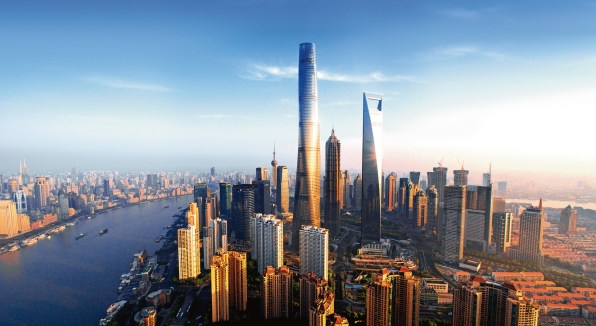
[Image: Blackstation/courtesy Gensler]
The firm’s success is partly attributed to its founder’s versatile approach to taking on projects, according to Cohen. “In our profession, a lot of architects don’t necessarily listen to their clients. They want to make their iconic design. Art was the opposite,” Cohen says. “He wanted to embody himself in the client’s philosophy and culture, to really understand and design a unique, one-of-a-kind building or interior for that client specifically.”
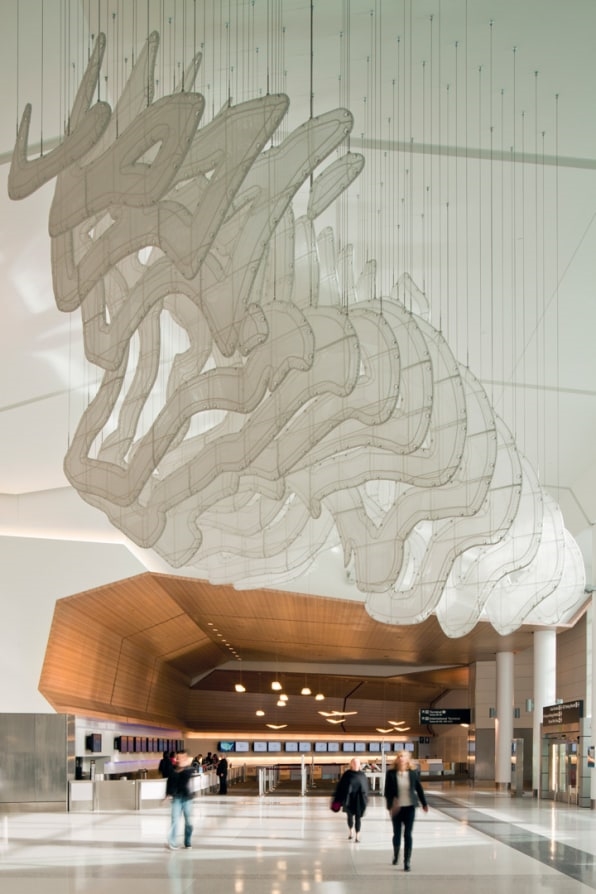
[Photo: Bruce Damonte/courtesy Gensler]
In contrast to the flashy design of Frank Gehry or Zaha Hadid, Gensler’s client-focused approach has lent it a reputation as the ultimate corporate architecture firm, for better or worse. Cohen says this has led to a design firm that has no discernible style, but rather a “constellation” of design approaches. “We’re the antithesis of those star architects,” he says. “For us, it’s always about our clients and what their needs and goals are.”
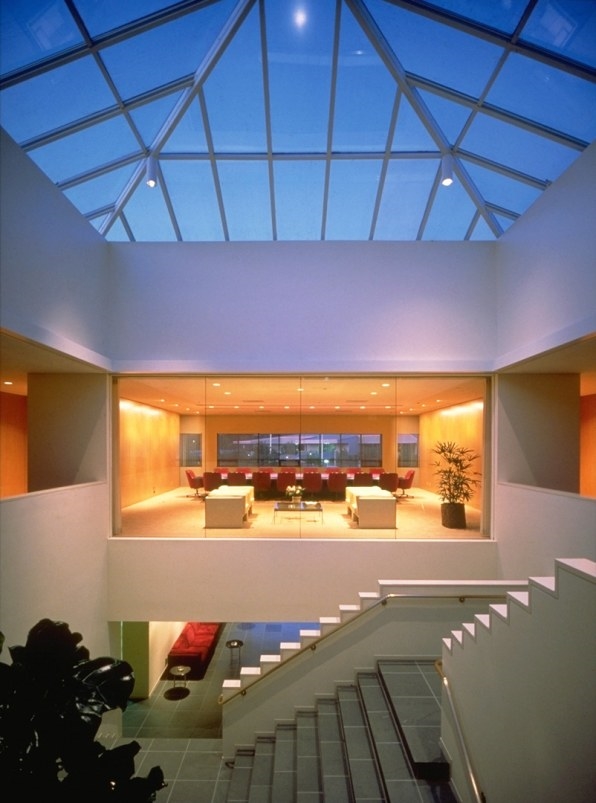
[Photo: courtesy Gensler]
It’s a legacy that comes from Gensler himself, who prioritized the development of his staff and their design ideas. “He had this innate ability to really believe in people,” Cohen says. He sums up Gensler’s management style as a simple pattern: “Hire great people, mentor and coach them, and get the hell out of their way and let them strive for what they can accomplish.”
Cohen says that philosophy has carried on since Gensler stepped down as the firm’s chairman in 2010. “It was never about him,” Cohen says.
After stepping down and retiring in Mill Valley, California, Gensler went on to serve as a trustee of the Buck Institute for Aging, the San Francisco Museum of Modern Art, and the California College of the Arts. True to Gensler’s belief in his employees, the company is fully owned by its employees and will remain so.
(137)

